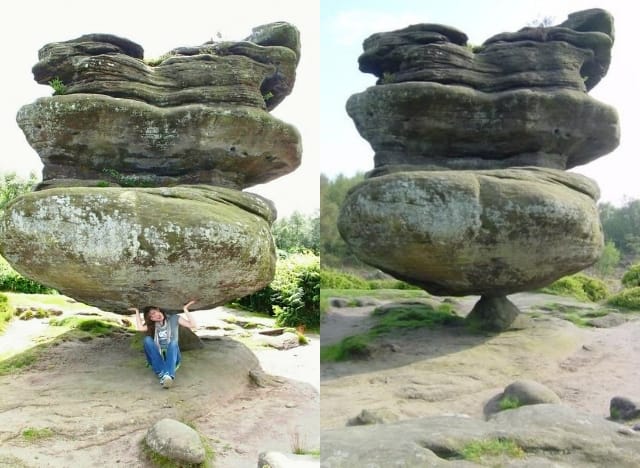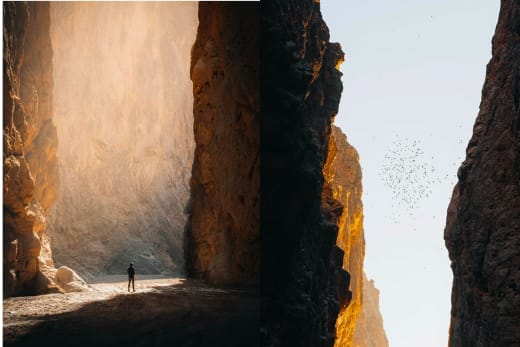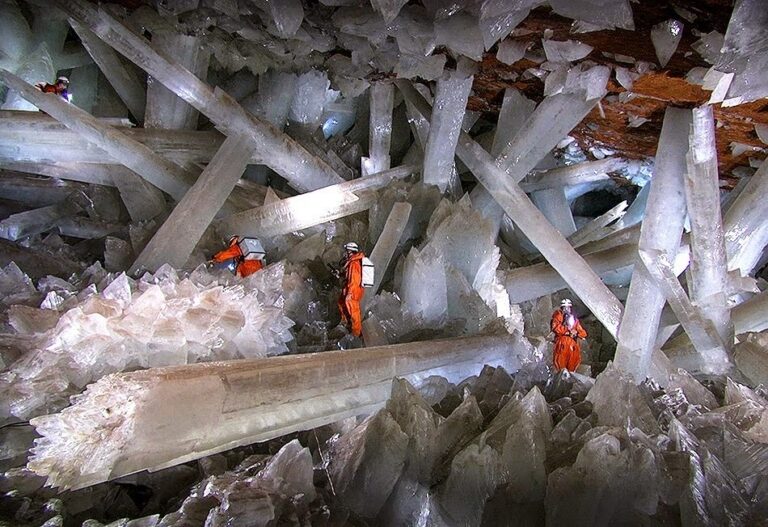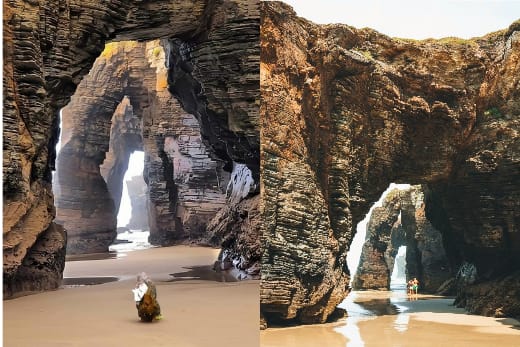Set high on the moorlands of North Yorkshire, Brimham Rocks appear almost impossible. Towering sandstone formations twist, balance, and lean in shapes that seem to defy both gravity and explanation. From a distance, they look like ancient statues — deliberate and precise. But these natural sculptures were shaped not by human hands, but by 320 million years of wind, water, and ice.
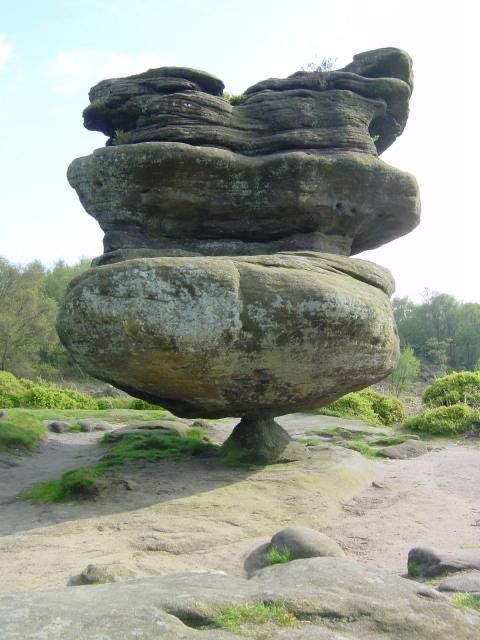
Some resemble animals. Others look like mushrooms, balancing stones, or even mythological creatures. Each one has a name: The Dancing Bear, The Smartie Tube, The Idol Rock. The latter, perhaps the most famous, rests its massive bulk atop a tiny point — balancing with an elegance that feels engineered.
Visitors often wonder how they haven’t collapsed. But geologists explain that these formations are the result of differential erosion: the process where softer rock wears away faster than harder layers above it. Over millennia, nature sculpted these rocks into the bizarre and beautiful forms we see today.
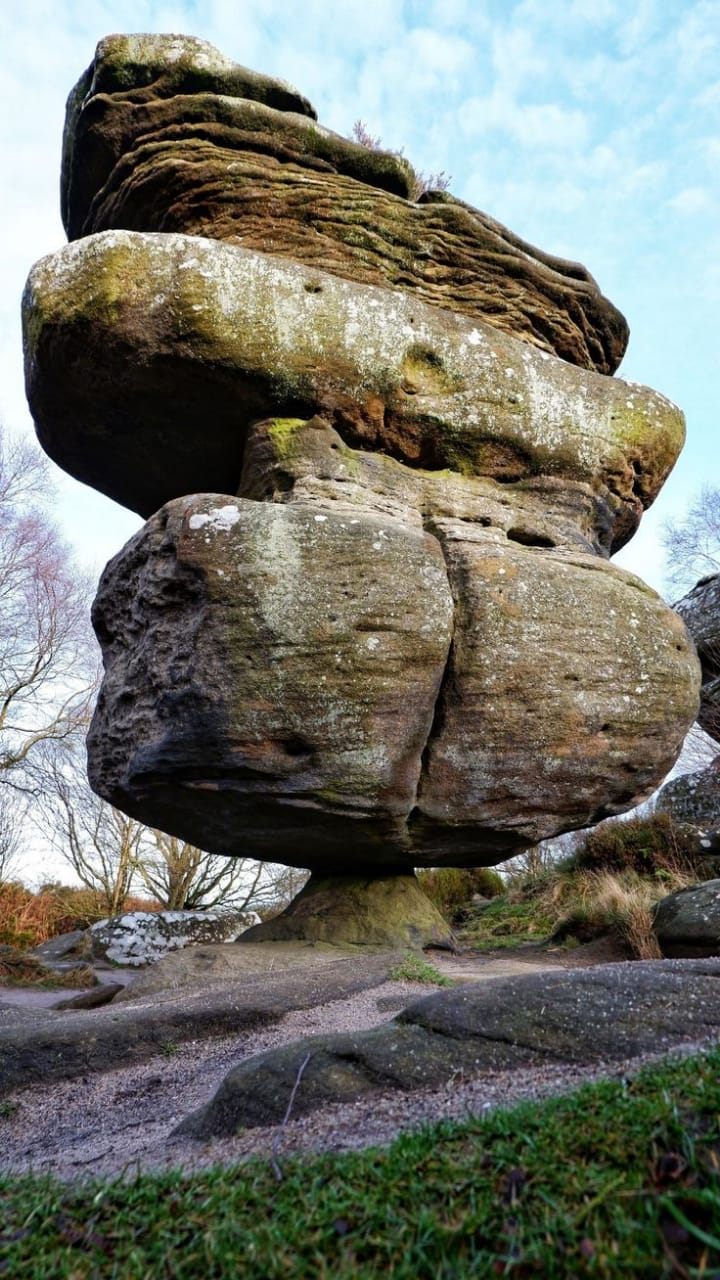
“It looks like they were carved on purpose. But it’s just time and weather doing what they do best.” — Local Ranger
“You don’t expect to find magic in a field. But here it is, rising from the earth like a dream.” — Visitor, 2022
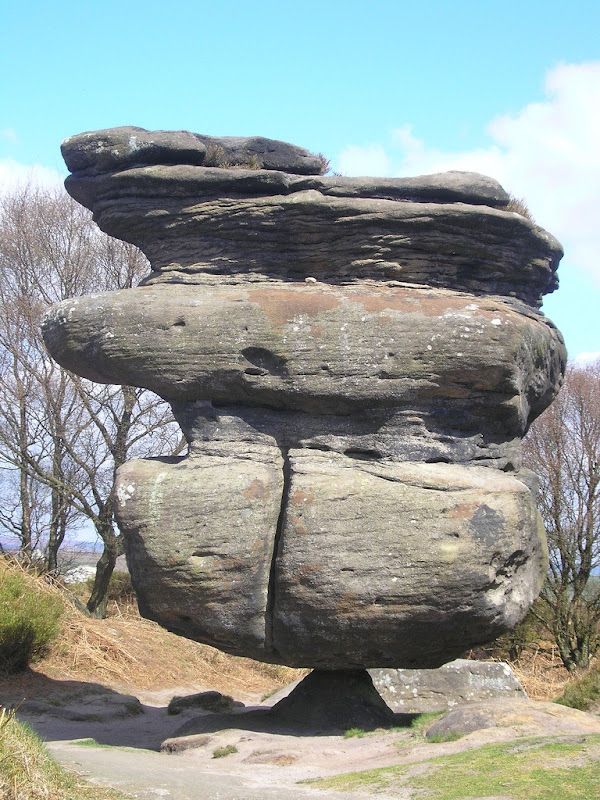
Brimham Rocks have captivated humans for centuries. Druids may have used them as sacred sites. Victorian tourists visited them in top hats and corsets. Today, climbers, photographers, and curious minds still wander between these strange giants, drawn by the mystery they hold.
In a country of castles and cathedrals, these rocks remind us that sometimes the greatest architecture is created by nature itself.
